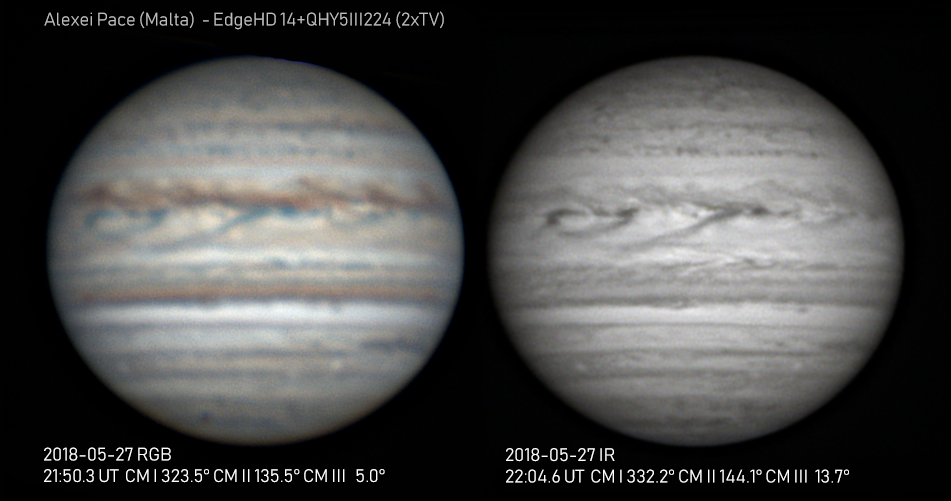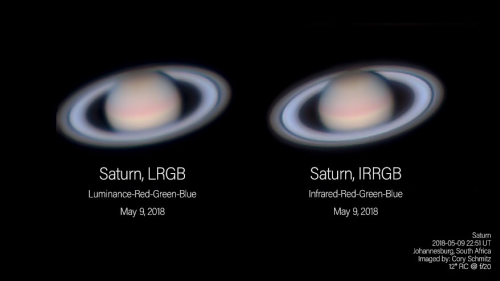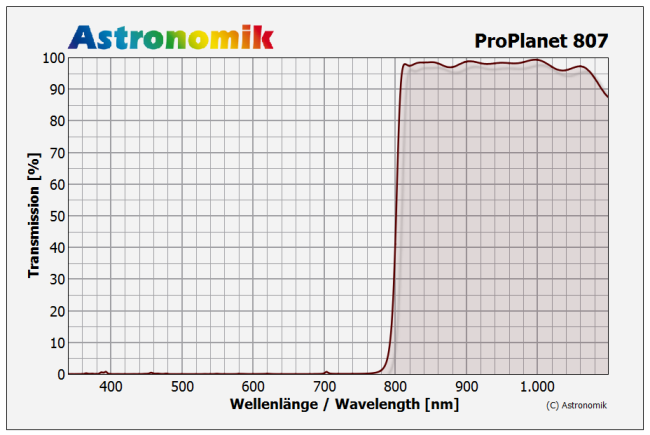Astronomik ProPlanet 807 IR-pass filter
FREE SHIPPING FOR ORDERS OVER 500$* 🆓🚚😃
*Some exceptions may apply. More info
📦 We Have it in Stock? We're on it, shipping your order on the same day. *(Ordered before 1PM & Business Hours only / This is an estimation and may vary)
🛫 If the item is unavailable: It may be in transit to us or on order with the supplier. If not, we will promptly place the order. In case of delays, we will do our best to keep you informed.



























































